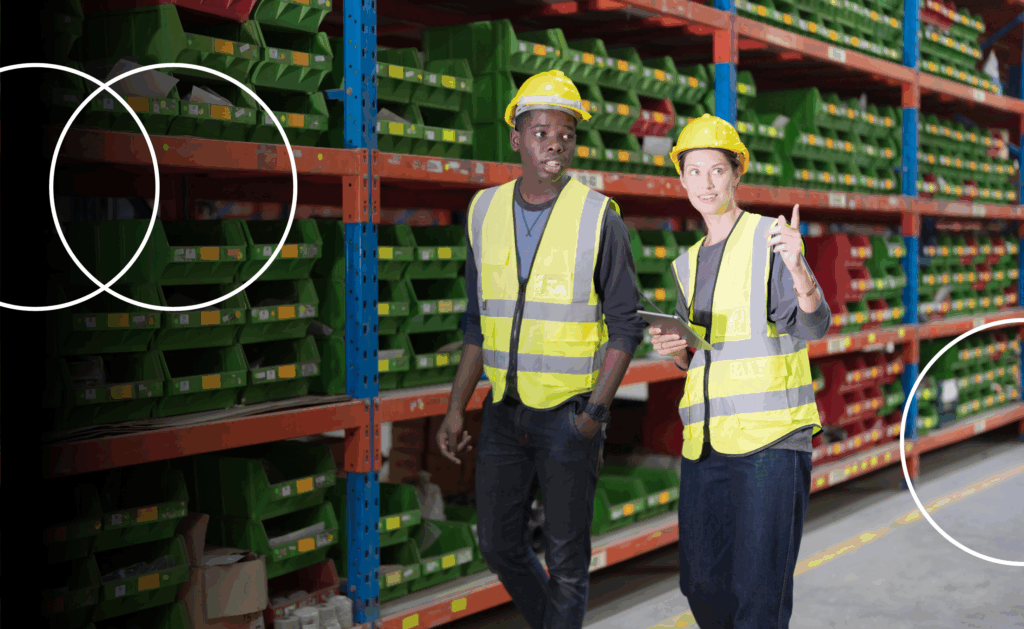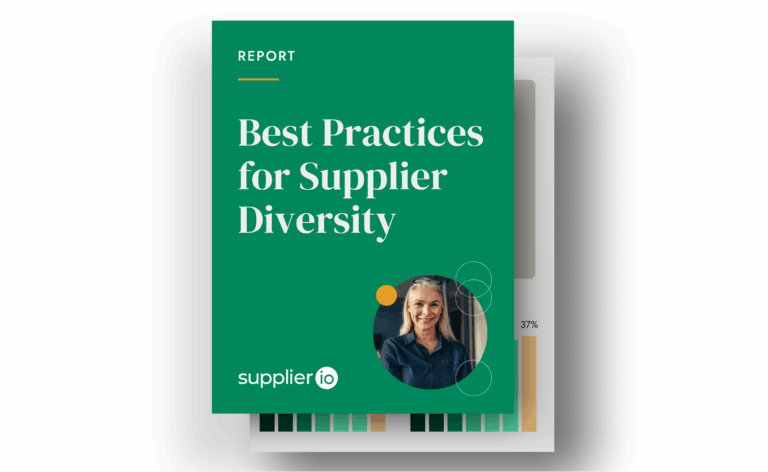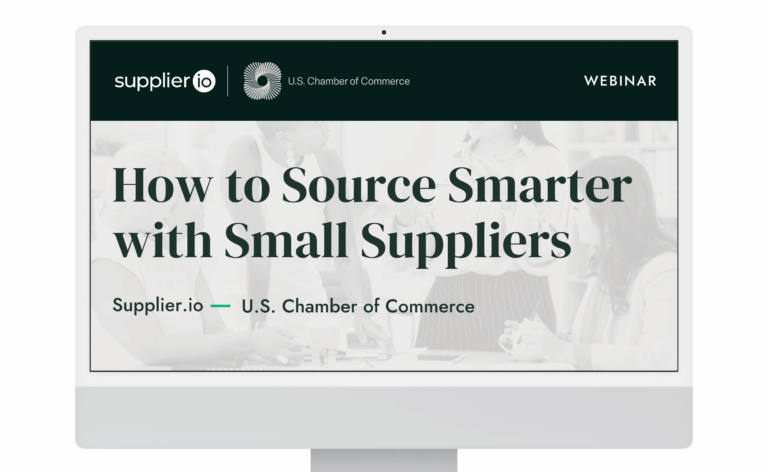Navigating Tariffs and Global Disruption: Why Alternative Sourcing and Supplier Intelligence Are Business Critical
A blog from our CEO, Aylin Basom, on why alternative sourcing strategies are critical for today’s global economy.

By Aylin Basom, Chief Executive Officer at Supplier.io
In today’s global economy, geopolitical tension, trade wars, and rising tariffs have reshaped the way companies think about sourcing.
While many enterprises have long relied on a global network of suppliers, that same network is increasingly vulnerable to disruption.
Now more than ever, procurement and supply chain leaders must act quickly to reduce dependency on single geographies and invest in diversified, alternative sourcing strategies.
The Rising Risk of Tariffs
New and proposed tariffs on goods from China, Mexico, and other nations are creating a ripple effect across industries. From electronics and automotive to apparel and consumer goods, companies are facing rising input costs, unpredictable lead times, and complex compliance requirements. For many, tariffs are not just a tax on goods but they’re a tax on uncertainty.
Industries most affected by tariffs include:
- Apparel & Textiles: High dependence on Asian manufacturing makes the industry particularly sensitive to trade restrictions.
- Electronics & Components: Even a small tariff can significantly impact margins due to narrow profit windows.
- Automotive: Cross border supply chains (particularly across North America) are vulnerable to tariffs and rule of origin complications.
- Consumer Goods: Everything from furniture to toys faces increasing scrutiny and shifting cost structures.
Why Alternative Sourcing Is No Longer Optional
Relying on a limited set of suppliers, especially in high risk geographies is a strategy of the past. Alternative sourcing is the new standard for resilience.
Companies must look to nearshore, onshore, or diverse suppliers that can meet evolving production and delivery requirements. But shifting suppliers isn’t easy. You need visibility, accuracy, and speed to make smart decisions. That’s where supplier intelligence becomes a game changer.
Supplier Intelligence: The Competitive Advantage
To respond effectively to tariff driven disruption, companies must know:
- Who their suppliers are (across Tier 1, 2, and beyond)
- Where those suppliers operate
- What certifications, capabilities, and risk factors they hold
This level of visibility isn’t possible through spreadsheets or static ERPs. It requires a centralized, intelligent platform. That’s where Supplier.io comes in.
Supplier.io is the leading supplier intelligence platform, helping enterprises:
- Instantly discover alternative suppliers across 10M+ verified profiles
- Filter suppliers by location, category, certifications, and ESG criteria
- Strengthen resilience through data driven decisions and strategic diversity sourcing
With over 350 million unique data points, Supplier.io delivers the real time insights procurement teams need to adapt, respond, and grow, even in volatile global conditions.
The Bottom Line
Tariffs, supply shocks, and economic uncertainty are not going away. Companies that continue to rely on outdated supplier data and siloed sourcing strategies will struggle to compete.
The winners will be those who embrace supplier intelligence, diversify their supplier base, and proactively reduce risk. Alternative sourcing isn’t just a nice to have, it’s mission critical.
To learn how Supplier.io can help you uncover new suppliers and reduce sourcing risk, request a demo today!




